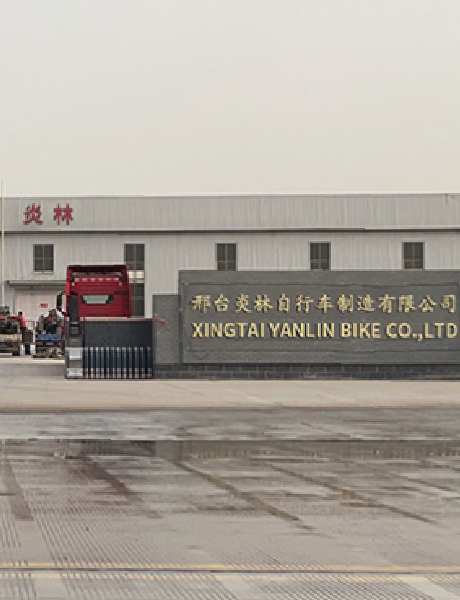
- Afrikaans
- Albanian
- Amharic
- Arabic
- Armenian
- Azerbaijani
- Basque
- Belarusian
- Bengali
- Bosnian
- Bulgarian
- Catalan
- Cebuano
- Corsican
- Croatian
- Czech
- Danish
- Dutch
- English
- Esperanto
- Estonian
- Finnish
- French
- Frisian
- Galician
- Georgian
- German
- Greek
- Gujarati
- Haitian Creole
- hausa
- hawaiian
- Hebrew
- Hindi
- Miao
- Hungarian
- Icelandic
- igbo
- Indonesian
- irish
- Italian
- Japanese
- Javanese
- Kannada
- kazakh
- Khmer
- Rwandese
- Korean
- Kurdish
- Kyrgyz
- Lao
- Latin
- Latvian
- Lithuanian
- Luxembourgish
- Macedonian
- Malgashi
- Malay
- Malayalam
- Maltese
- Maori
- Marathi
- Mongolian
- Myanmar
- Nepali
- Norwegian
- Norwegian
- Occitan
- Pashto
- Persian
- Polish
- Portuguese
- Punjabi
- Romanian
- Russian
- Samoan
- Scottish Gaelic
- Serbian
- Sesotho
- Shona
- Sindhi
- Sinhala
- Slovak
- Slovenian
- Somali
- Spanish
- Sundanese
- Swahili
- Swedish
- Tagalog
- Tajik
- Tamil
- Tatar
- Telugu
- Thai
- Turkish
- Turkmen
- Ukrainian
- Urdu
- Uighur
- Uzbek
- Vietnamese
- Welsh
- Bantu
- Yiddish
- Yoruba
- Zulu
Nov . 26, 2024 05:30 Back to list
adjust shimano rear derailleur mountain bike
How to Adjust the Shimano Rear Derailleur on Your Mountain Bike
The Shimano rear derailleur is an essential component of your mountain bike's transmission system. It plays a crucial role in shifting gears smoothly, allowing you to tackle various terrains with ease. However, after prolonged use, it may require adjustments to ensure optimal performance. This article will guide you through the process of adjusting your Shimano rear derailleur, enhancing your riding experience.
Understanding the Rear Derailleur
Before diving into adjustments, it's crucial to understand the function of the rear derailleur. It moves the chain from one cog to another as you shift gears, and its alignment directly affects how well your bike shifts. A poorly adjusted derailleur can lead to skipping gears, chain misalignment, and can even cause damage to your bike.
Tools Needed
To adjust your Shimano rear derailleur, you will need the following tools - A Phillips screwdriver or a Torx wrench, depending on your derailleur model - A 5mm Allen wrench (if your derailleur is attached with an Allen bolt) - A flat surface to lean your bike against or a bike repair stand
Step-by-Step Adjustment Process
1. Inspect the Derailleur Begin by checking for any visible damage or misalignment. Ensure that the derailleur hanger is not bent and that the derailleur itself has no cracks or signs of wear. Make sure that the cable housing is intact and that the cable is properly tensioned.
adjust shimano rear derailleur mountain bike

2. Set High and Low Limit Screws The Shimano derailleur has two limit screws, marked as H (high) and L (low). These screws control how far the derailleur can move towards the smallest and largest cogs, respectively. Shift your bike into the smallest chainring and the smallest rear cog. Then, adjust the H screw until the derailleur aligns perfectly with the cog without rubbing. Next, shift to the largest rear cog and adjust the L screw in the same manner.
3. Adjust Cable Tension If your bike is experiencing sluggish shifting or if the chain is not moving up to the larger cogs, you may need to adjust the cable tension. To increase tension, turn the barrel adjuster counterclockwise. Conversely, turn it clockwise to decrease tension. A good rule of thumb is to make small adjustments and test shifting in between.
4. Fine-Tuning the Indexing Now that the limits are set, check the shifting across all gears. Shift through each gear to notice if there are any hesitations or misalignments. If the chain struggles to move up to a larger cog, you may need to increase the cable tension. If it’s slow to drop back down, reduce the tension slightly.
5. Test Ride Once you’ve made all adjustments, it’s essential to take your bike on a test ride. Pay attention to how smoothly the gears shift under load. If you find there are still issues, you may need to go back and repeat some steps for fine-tuning.
6. Regular Maintenance Keep in mind that regular maintenance of your drivetrain and derailleur can prevent sustained issues. Wipe down your derailleur after rides to keep dirt and grime from building up and harming function.
Conclusion
Adjusting your Shimano rear derailleur doesn't require extensive mechanical knowledge, but attention to detail is crucial. By following the steps outlined above, you can ensure that your mountain bike shifts smoothly, which ultimately enhances your ride. Whether you're tackling steep climbs or speeding downhill, a well-tuned derailleur is key to optimal performance on the trails. Make it a habit to regularly check and adjust your derailleur, and enjoy a smoother, more enjoyable biking experience!
-
The Ultimate Kids' Four-Wheeler Experience
NewsJul.09,2025
-
The Ultimate Guide to Mountain Bikes: Gear Up for Your Ride
NewsJul.09,2025
-
The New Age of Cycling: Electric Bikes for Every Rider
NewsJul.09,2025
-
The Best Kids Bicycles: Ride in Style and Safety
NewsJul.09,2025
-
The Best 3-Wheel Scooters for Kids: Fun, Safety, and Adventure
NewsJul.09,2025
-
Revolutionize Your Ride: Affordable Electric Bikes
NewsJul.09,2025
-
Finding the Perfect Mountain Bike for Every Rider
NewsJul.09,2025



